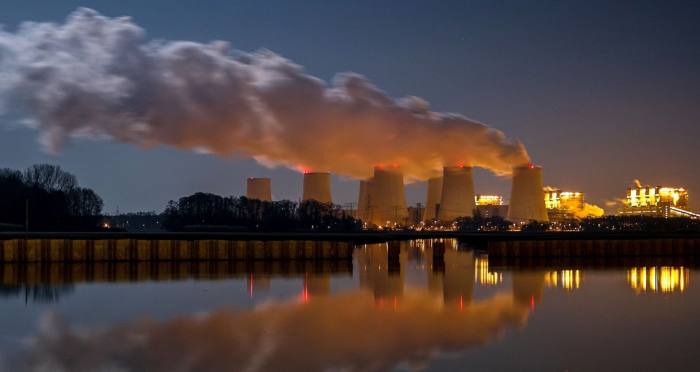Australian coal region emits 1.6m tonnes of methane a year, study finds
Australia’s top coal-producing region emits methane equivalent to the greenhouse gas effect of 30m combustion engine passenger vehicles, according to new analysis that uses satellite data.
The study by energy industry consultancy group Kayrros shows the Bowen Basin, which straddles the border between the states of New South Wales and Queensland, released an average of 1.6m tonnes a year of methane in 2019 and 2020.
Based on the potency of methane as a greenhouse gas, the emissions are equivalent to 134m tonnes of carbon dioxide a year — on par with the CO2 emissions of a midsized European country or 30m combustion engine vehicles.
The Bowen Basin is the world’s largest metallurgical coal export region, with Anglo American and BHP among its leading producers. Metallurgical coal is one of the key ingredients needed to make steel.
Methane emissions are the second-largest cause of global warming, after carbon dioxide. They have increased at a much faster rate than expected by scientists, surging by a record amount last year.
Identifying these leaks can help governments, investors and the public to hold companies to account and accelerate the reduction of emissions.
Methane leaks, or plumes, can come from a range of sources, including oil and gas infrastructure, landfills, wetlands and livestock. Mining also releases methane, with the majority of the industry’s emissions created during coal mining.
While oil and gas companies have faced pressure to cut methane emissions, the mining industry has come under less scrutiny even though most of the major companies have committed to achieving net zero emissions by 2050.
The lack of accurate data has been one impediment, but by using satellite data from the European Space Agency, Kayrros said it would be possible to measure methane emissions across the Bowen Basin and track how they evolve over time.
Climate Capital

Where climate change meets business, markets and politics. Explore the FT’s coverage here.
Are you curious about the FT’s environmental sustainability commitments? Find out more about our science-based targets here
Bryce Kelly, an associate professor at the University of New South Wales, said satellite-based methane emission estimates were significant because they indicated “where we should be targeting mitigation spending to minimise or eliminate the use of emission intensive commodities”.
However, Kelly noted that the Kayrros report needed verification from higher-resolution ground and low-level airborne studies. “We have little information to cross check the results because there is a lack of data in the public domain and a paucity of independent measurement and auditing,” he said.
The mining industry has established techniques for capturing methane, which can be used to generate electricity on site or sold to local gas networks, Kayrros noted. These include draining methane from coal seams before they are mined and capturing the gas from mine ventilation systems.
Anglo American said it captured a large chunk of methane emissions. BHP could not immediately be reached for comment.
Miners operating in the Bowen Basin already capture half of their potential methane emissions through these methods. If deployed on a wider scale, capture methods could reduce methane emissions by 650,000 tonnes per year without major investment, equivalent to removing 12m cars from the road.
“For a cost that could be measured in tens of millions of dollars, in a couple of years you could reduce something in the order of 50m tonnes of CO2 equivalent per year,” said Christian Lelong, director of natural resources at Kayrros and author of the report. “To me, that is a pretty hard to beat mitigation opportunity in terms of scale and cost.”
Twice weekly newsletter
Energy is the world’s indispensable business and Energy Source is its newsletter. Every Tuesday and Thursday, direct to your inbox, Energy Source brings you essential news, forward-thinking analysis and insider intelligence. Sign up here.